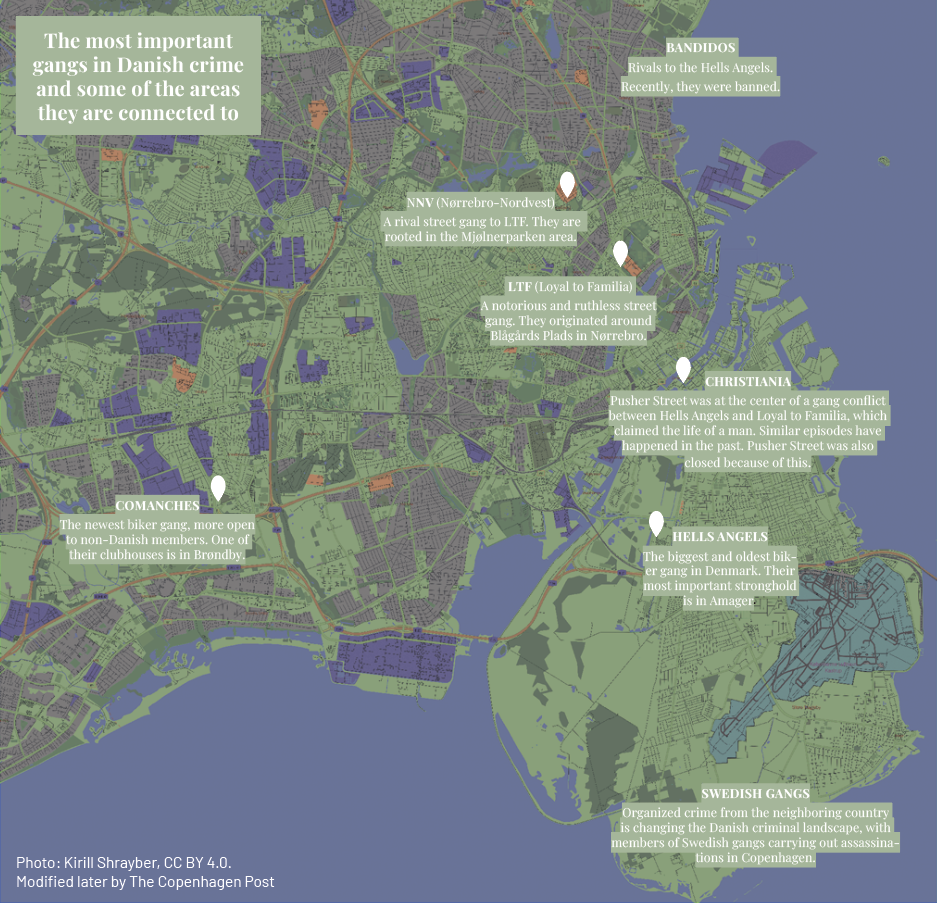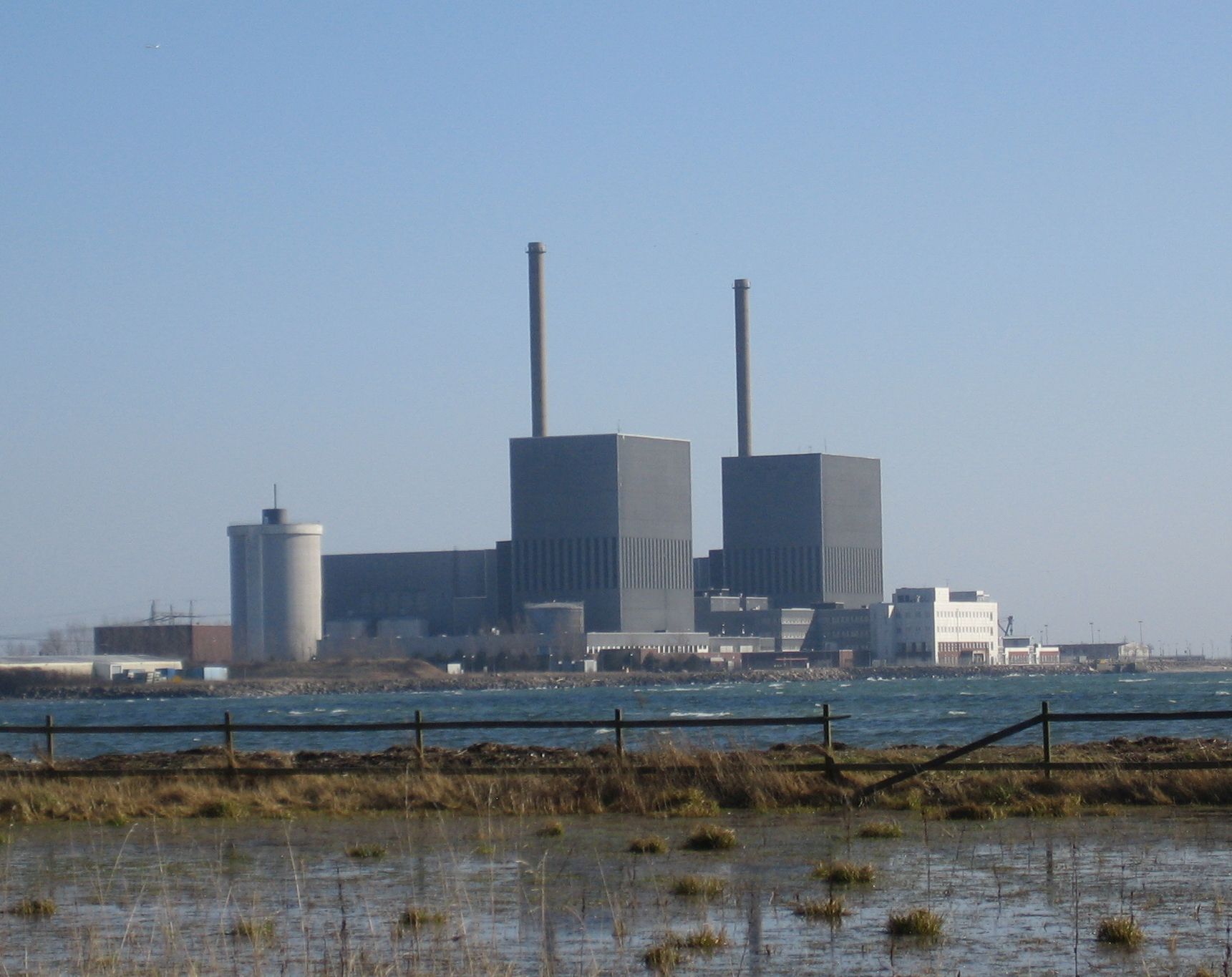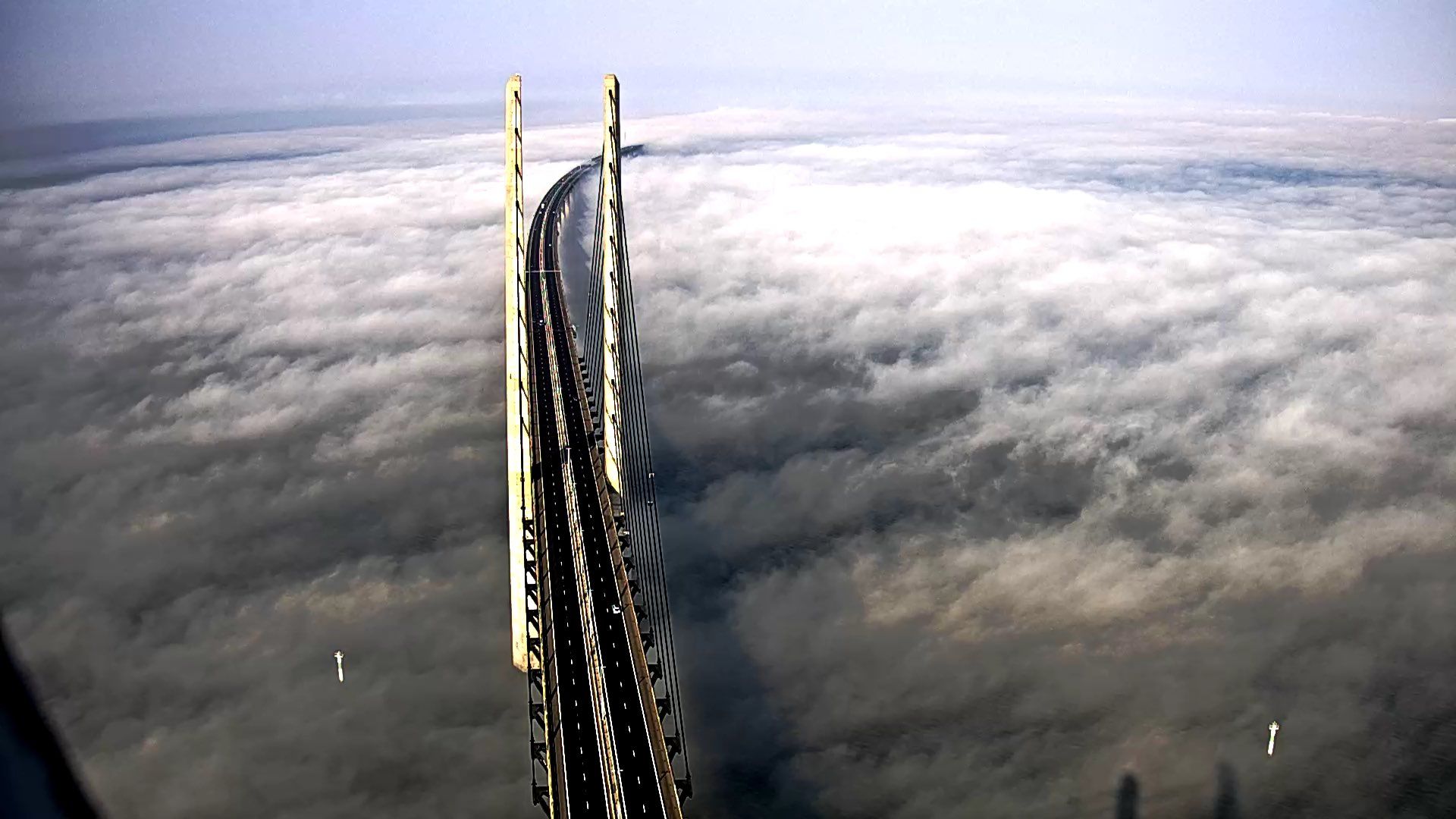It was just one week ago, late Friday night, that the Danish parliament voted unanimously, in what was described as an “historic” vote, to join Nato forces in protecting Libyan civilians from dictator Muammar Gaddafi’s forces. By early Saturday morning six Danish F-16s with a full complement of 132 air force personnel were on their way to Italy’s Sigonella air station. By the end of the weekend Danish jets were cruising in Libyan air space as part of Operation Odyssey Dawn, the Nato-coordinated and Arab Nation-mission that swiftly disabled the Libyan leaders air power.
Defence minister Gitte Lillelund Bech told Politiken newspaper that it was something Denmark could be proud of.
“Apart from France, the US and Great Britain, Denmark is recognised as the country that was quickest to respond to the UN Security Council’s resolution,” she said.
Her point was not lost on Gaddafi.
On Tuesday morning, Libyan television accused Denmark – falsely – of controlling the operation that destroyed Bab al-Azizya, Gaddafi’s headquarters in Tripoli.
The Libyan news announcer, who switched from Arabic to English in the middle of the newscast, said “the fact that Denmark, which has led a campaign against Islam and Muslims for years with its blasphemous caricatures of Mohammed, is leading the bombings, shows that the aggression is a crusade against the Muslim people, including the Libyan people, with the goal being to terrorise Muslims and to wipe out Islam.”
It was a reference to the 2005 cartoons published in Jyllands-Posten newspaper that inspired a fatwa against cartoonist Kurt Westergaard and led to widespread protests and the burning of Danish embassies in several Islamic countries.
In fact, it wasnÂ’t until Wednesday that the Danish F-16s dropped bombs on targets in Libya for the first time. At the time of going to press, no further details on the attack were available.
Prior to Wednesday’s strike, the Danish Air Force responded to the Libyan media accusations by saying its planes had not, in fact, fired any shots at all – a bit of information that was glossed over in earlier reports about the “dangerous” and “successful” missions, which were accompanied by pictures of the Danish F-16s and bombed Libyan targets.
“It’s important to keep in mind that using weapons is not a goal in itself,” Major General Henrik Røboe Dam, the head of Denmark’s Tactical Air Command, told Jyllands-Posten. “The mission is to enforce the no-fly zone and to protect civilians. The mere fact that fighter jets are in the air has a preventative effect,” he added.
A Gallup poll on Monday revealed that 78 percent of Danish voters support military involvement in enforcing the no-fly zone. Some 64 percent thought Denmark should take part in an international effort to topple or assassinate Gaddafi. Far fewer, just 44 percent, were in favour of sending Danish ground troops into Libya as part of an international military effort.
Prime minister Lars Løkke Rasmussen, along with other international leaders, has underlined that the goal of Operation Odyssey Dawn is not to oust or kill Gaddafi, but to protect Libya’s civilian population from him. But if Gaddafi is not removed and does not step down, exactly how and when does the Nato mission and Denmark’s participation in it end? Gaddafi himself has vowed to “fight to the last drop of blood”.
On Tuesday Politiken newspaper reported that NatoÂ’s secretary general, Anders Fogh Rasmussen, DenmarkÂ’s former prime minister and Liberal Party colleague of current prime minister Lars Løkke Rasmussen, had chaired a contentious Nato meeting to clarify the missionÂ’s next goals and determine which European nation should assume command from the Americans at the end of the week. German and French representatives stormed out of the Nato meeting, which was described as “chaotic”.
As Danish People’s Party’s foreign affairs spokesman Søren Espersen told Information newspaper last week, when it comes to war, no-one can say what the next step will be.













